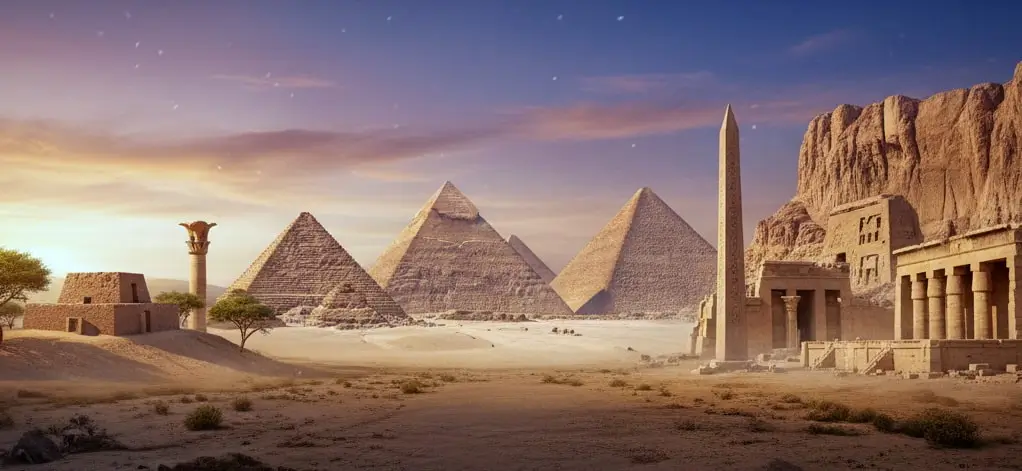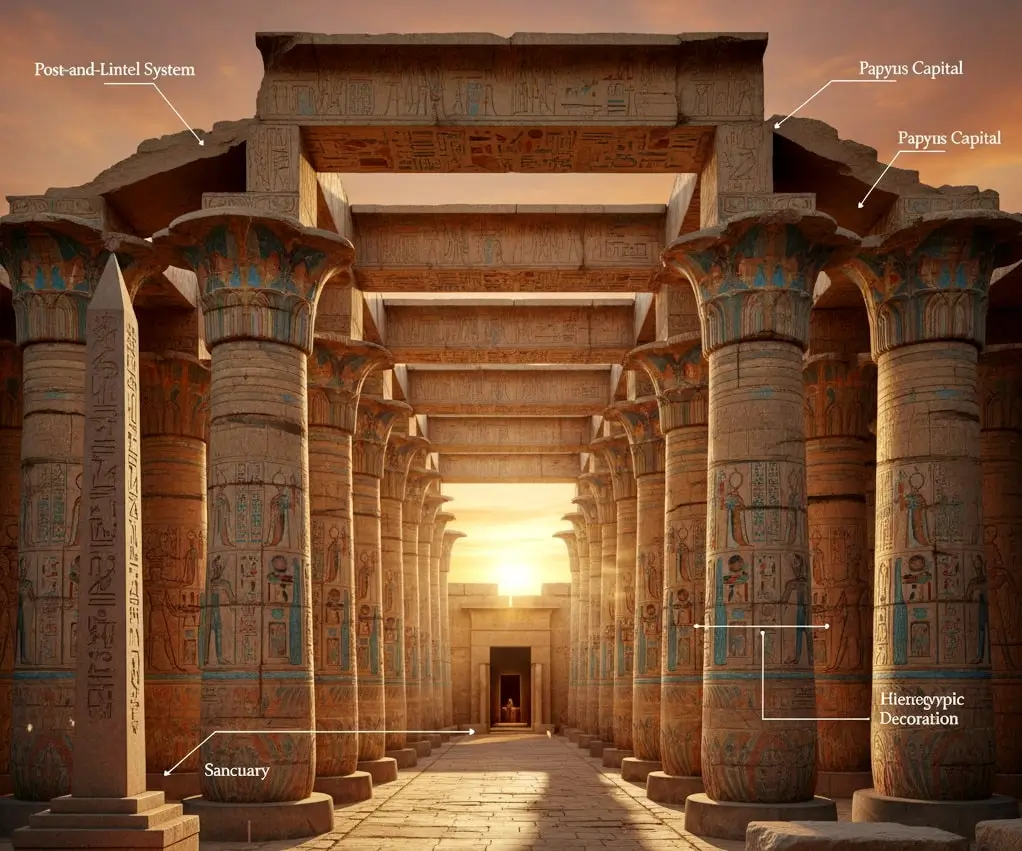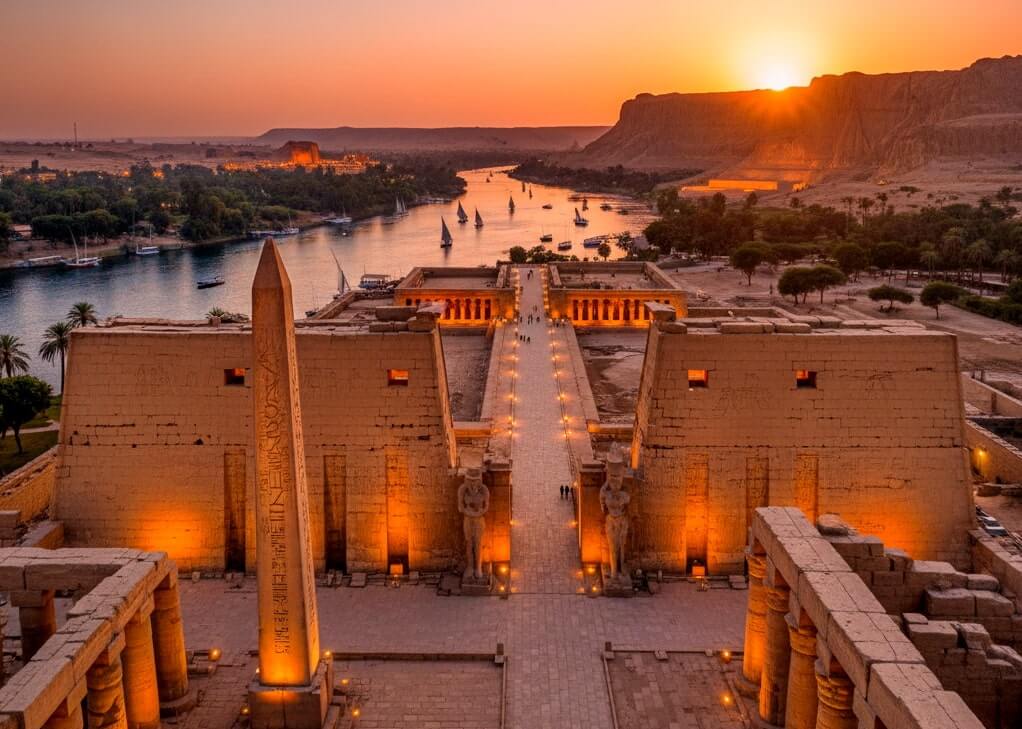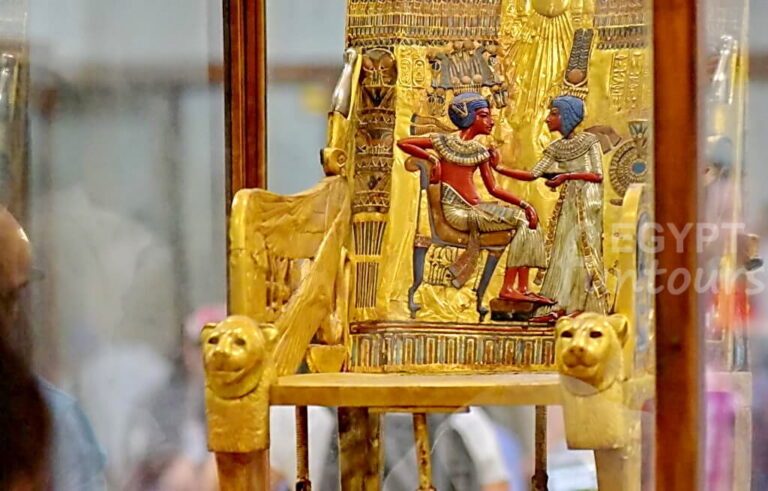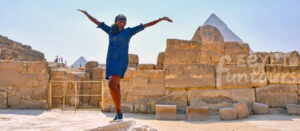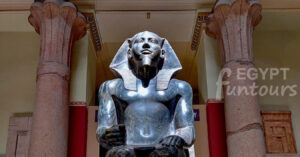Ancient Egyptian Architecture
Architecture is the most renowned and enduring component of ancient Egyptian culture. The monumental structures convey the history of the Egyptians and demonstrate their strong bond with their lands and gods. Driven by the fundamental ideas of theocracy—which saw the Pharaoh as a divinity—the concept of an eternal afterlife, and a deeply symbolic religious philosophy, these beliefs shaped an entire civilization and its architectural legacy.


